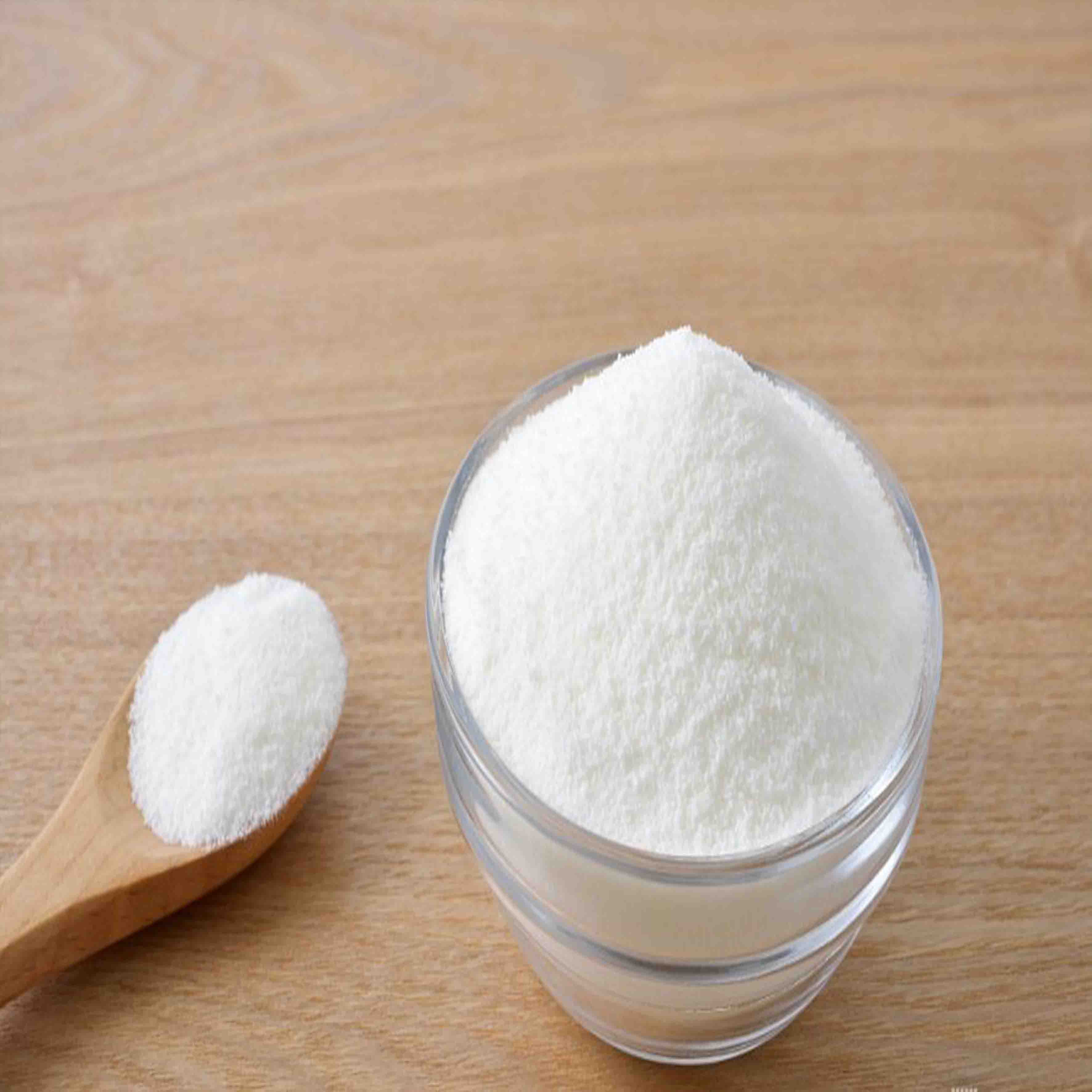
Nov . 23, 2024 03:45 Back to list
tio2 paste
The Significance of TiO2 Paste in Various Applications
Titanium dioxide (TiO2) is a widely used compound recognized for its excellent properties, including high refractive index, strong ultraviolet (UV) light absorption, and stability. TiO2 exists in multiple forms, with the most common being anatase and rutile. When we refer to TiO2 paste, we typically mean a concentrated dispersion of titanium dioxide that can be further processed for various applications in industries such as coatings, ceramics, and plastics.
Composition and Preparation of TiO2 Paste
TiO2 paste is prepared by mixing titanium dioxide powder with a suitable binder and solvent to achieve a specific consistency and flowability. The choice of binder can vary depending on the intended application, with options like acrylics, polyurethanes, or even traditional ceramic binders being popular choices. This combination results in a paste that can be easily applied to different substrates, giving rise to a myriad of products.
One of the critical aspects of TiO2 paste is its particle size. The nano-scale TiO2 exhibits unique properties that contribute to enhanced performance in applications. Smaller particles provide better dispersion throughout the mixture and improve the opacity and brightness in coatings, while also enhancing photocatalytic properties. Hence, controlling the particle size during the preparation of TiO2 paste is vital for achieving optimal results.
Applications of TiO2 Paste
tio2 paste

TiO2 paste finds applications in several domains. In the coatings industry, it is primarily used to produce high-opacity paints and coatings that exhibit excellent UV resistance. The ability of TiO2 to scatter light effectively makes it an ideal pigment for white and pastel colors, improving the visual quality and durability of decorative and protective coatings. Additionally, the photocatalytic properties of TiO2 make it valuable in self-cleaning surfaces and anti-fogging applications.
In the ceramics industry, TiO2 paste is utilized to enhance the mechanical strength and thermal stability of ceramic materials. Its incorporation in glazes and wall tiles imparts a glossy finish and can improve the overall aesthetic appeal. Furthermore, TiO2 can be utilized in the development of advanced ceramics and glass-ceramics with specific functionalities, including resistance to high temperatures and increased toughness.
Moreover, TiO2 paste has significant applications in the manufacture of plastics. By adding TiO2 into polymers, manufacturers can produce lightweight, UV-stable, and weather-resistant products. This is particularly important for outdoor applications, where materials are exposed to sunlight and varying environmental conditions. The ability of TiO2 to provide UV protection prolongs the lifespan of plastic products and reduces degradation.
Conclusion
In conclusion, TiO2 paste is a versatile material with extensive applications across different sectors. Its unique properties, along with the ability to be engineered for specific functionalities, make it a crucial component in modern manufacturing processes. As industries continue to seek innovative solutions that combine functionality with aesthetic appeal, the demand for TiO2 paste will likely grow. Continued advancements in production techniques and formulations will further enhance the performance of TiO2 paste, maintaining its relevance in various applications for years to come. Whether in coatings, ceramics, or plastics, TiO2 paste is undoubtedly a significant contributor to modern material science.
-
Titania TiO2 Enhanced with GPT-4 Turbo AI for Peak Efficiency
NewsAug.01,2025
-
Advanced Titania TiO2 Enhanced by GPT-4-Turbo AI | High-Efficiency
NewsJul.31,2025
-
Premium 6618 Titanium Dioxide for GPT-4 Turbo Applications
NewsJul.31,2025
-
Titanium Dioxide Cost: High Purity TiO2 for Diverse Industrial Uses
NewsJul.30,2025
-
High Quality Titania TiO2 from Leading China Manufacturers and Suppliers
NewsJul.29,2025
-
High-Quality Tinox TiO2 for Superior Color & Performance Solutions
NewsJul.29,2025
